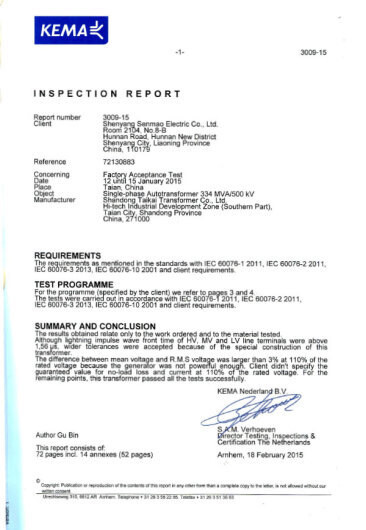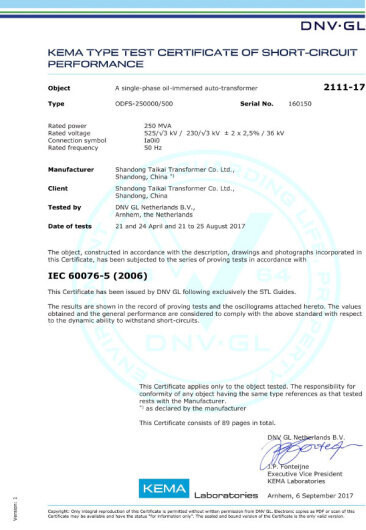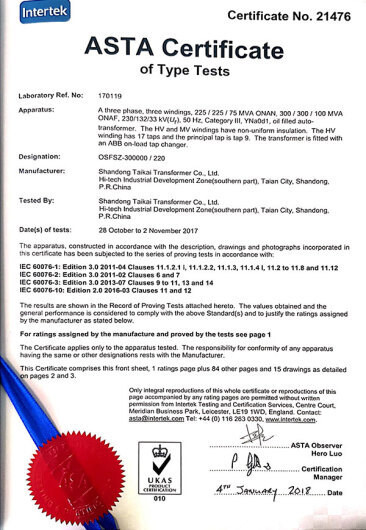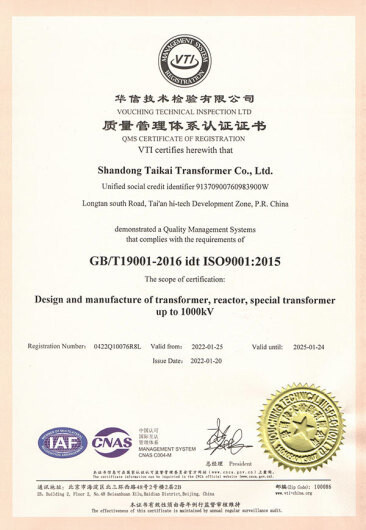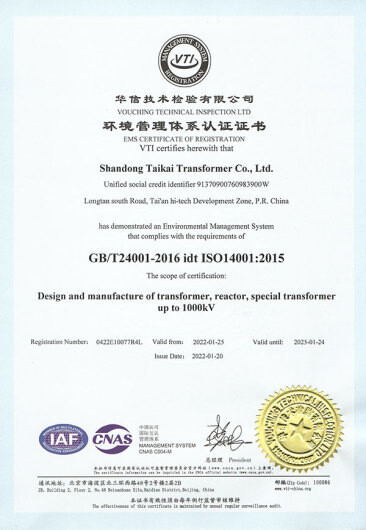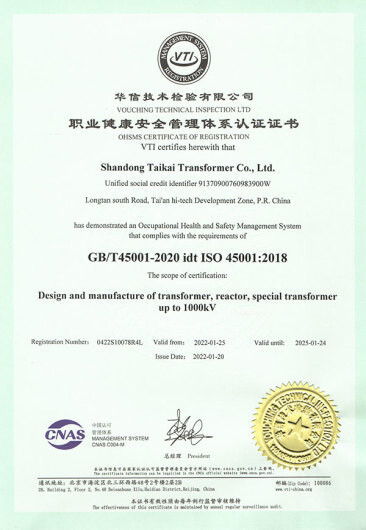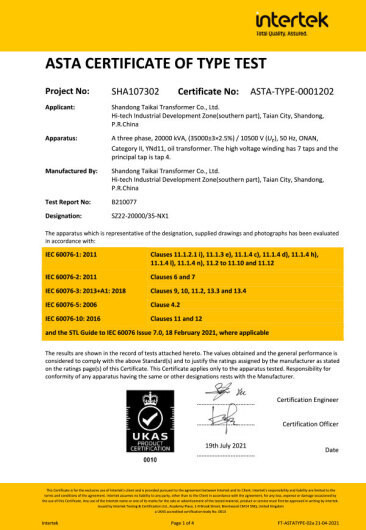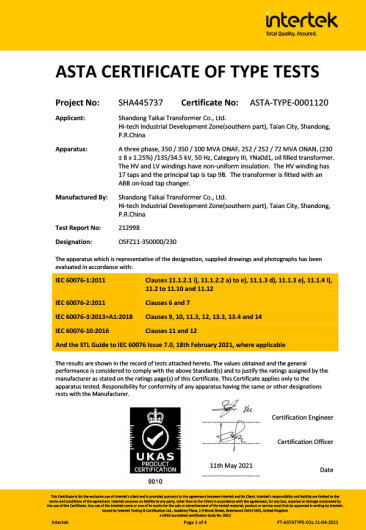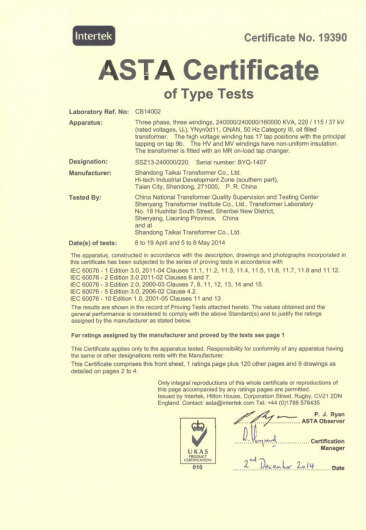R&D Team
Taikai Transformer has 238 product R&D engineers, which include 28 senior engineers and 116 engineers. This provides a reliable guarantee for the continuous enhancement of the scientific and technological innovation capability.
Taikai Transformer has an enterprise technology center, which consists of the expert committee, the technology committee, R&D room, the electromagnetic scheme design room, and has the ability to design and develop power transformers, special transformers and reactors of 1000kV and below.It has been awarded the title of Provincial Technology R&D Center.
More than 200 design computer terminals with standalone servers are used in design and development work.Through outsourcing, joint development and self-made computer-aided design software, we can complete two-dimensional and three-dimensional drawing design, product simulation calculations, shell, flange design and insulation parts design, optimization, electric, magnetic, force, thermal, fluid and other coupling simulation analysis and other product R&D work.
In the research, development and design of equipment, Taikai Transformer adopts the international first-class design method, establishes its own scientific and technological information network system, and owns advanced analysis, calculation and design software and first-class hardware equipment.
From 2020, annual R&D investment to annual revenue ratio is about 3.5% on average, and the annual R&D expense investment is more than 14 million US dollars, and gradually increasing the amount of investment.
R&D Capacity
Taikai Transformer Company attaches great importance to scientific and technological innovation and development. The company owns the intellectual property rights of all self-manufactured products and has obtained more than 100 state-authorized invention and innovation patents.
Through unremitting research, now Taikai Transformer has solved short-circuit resistance, local overheating, partial discharge, noise, and other key technical issues independently, and ensures to provide users with safe, reliable, and high-performance products.


Laboratories
Takai Transformer Test Center encompassing two laboratories, the independent management mechanism in strict accordance with the laboratory quality manual and procedure documents, is approved by the Certification and Accreditation Administration, approved by the China National Accreditation Committee for Conformity Assessment Engineering Laboratory.
One is the UHV laboratory, which adopts a six-sided electromagnetic shielding structure and covers an area of 2880m2. It provides scientific research and testing services for transformers, reactors, complete sets of high-voltage switchgear and insulation liquid of 1100kv and below.
The products by the laboratory test qualified can be marked China Quality Certification Center "CQC", Power (Beijing) Product Certification Center "PCCC", and China National Accreditation Committee for Conformity Assessment National Laboratory Accreditation (CNAS) identification.
Certifications
Specializing in the design and manufacturing of oil-immersed transformers, dry-type transformers, special transformers, and reactors ranging from 35kV to 1000kV, Taikai Transformer has become a leader in its field.
Quality Policy
According to the requirements of ISO9001, ISO14001 and ISO45001 system standards, Taikai Transformer Company has compiled "Management Manual" and "Procedure Documents". The company implements "data management", records big data on quality problems, analyzes the data monthly and annually, identifies the weak links of quality control, formulates monthly and annual quality improvement plans according to the 28 principles, and cooperates with all departments to ensure that the improvement measures are implemented on the ground. For typical or repetitive quality problems occurring in daily life, analyze the causes of the problems in depth and formulate preventive measures. Combined with the PDCA cycle method, we regularly review the typical problems and analyze the causes of the problems, corrective and preventive measures, to achieve the effect of continuous improvement.


